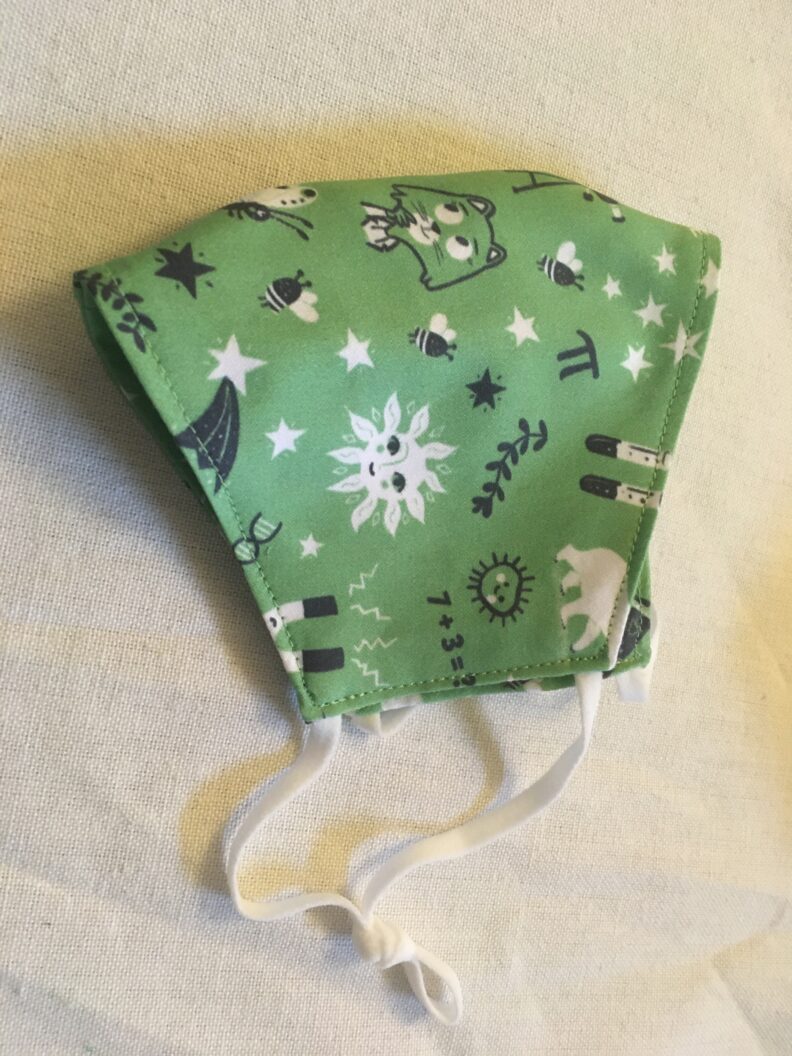Dear Angel,
About 300 years ago during another pandemic, there was a person named Sir Isaac Newton who spent a lot of time at home thinking about the universe.
He was thinking about how objects fall and started to wonder if the same force that made objects fall also kept the moon in its orbit. He called this force gravity.
That’s what I found out from my friend Guy Worthey, an astronomer at Washington State University. Gravity plays a big part in the answer to your question, and we’ll explore that in just a moment.
When scientists talk about how much planets “weigh,” they often talk about mass. Worthey reminded me that all objects—from cats to planets—have mass. Mass is the amount of matter that makes up an object.

Worthey told me astronomers can measure a planet’s mass using what we know about gravity. He said one planet that taught us a lot about the relationship between mass and gravity was Pluto.
“I remember when I was a kid, the textbooks said that Pluto was twice the mass of Earth,” Worthey said.
The mass of Earth is a whopping 5,970,000,000,000,000,000,000,000 kilograms—in pounds we’d write that out as 13,170 followed by 21 zeroes. When Worthey was growing up, scientists were using clues about Pluto’s brightness to make some educated guesses about its mass. But it wasn’t until they discovered Pluto’s moon that it gave them a chance to do some more calculations.
When there is an object around a planet, such as a moon or a satellite, we can study how that planet pulls on the object. We can use our understanding of this gravitational force to help discover the planet’s mass.
When scientists discovered Pluto’s moon, Charon, they learned about not only the pull Pluto had on Charon but also the size of the moon’s orbit and how long it took the moon to orbit around Pluto. They needed to use all of this information in their calculations to figure out Pluto’s mass.
It turned out that Pluto was much smaller than they had originally thought. Instead of being twice the mass of Earth, they found Pluto had a mass that was 1/200 the mass of Earth.
It turns out some planets, such as Venus and Mercury, do not have an orbiting object like a moon. It wasn’t until humans were able to send satellites to these planets that we were finally able to gather precise information about gravity and learn about mass.
You know, gravity is an important force. It’s what makes things fall. It’s what keeps planets in orbit. It’s what keeps us on the ground. While we may not have a scale to weigh planets, we can use what we know about gravity and mass to make all sorts of calculations and investigate questions about our universe.
Sincerely,
Dr. Universe

Grown-ups! You can help Ask Dr. Universe change the world, one science question at a time.
Learn about the Dr. Universe Fund at Washington State University and how to get your own STEM-inspired face mask here: askDrUniverse.wsu.edu/masks